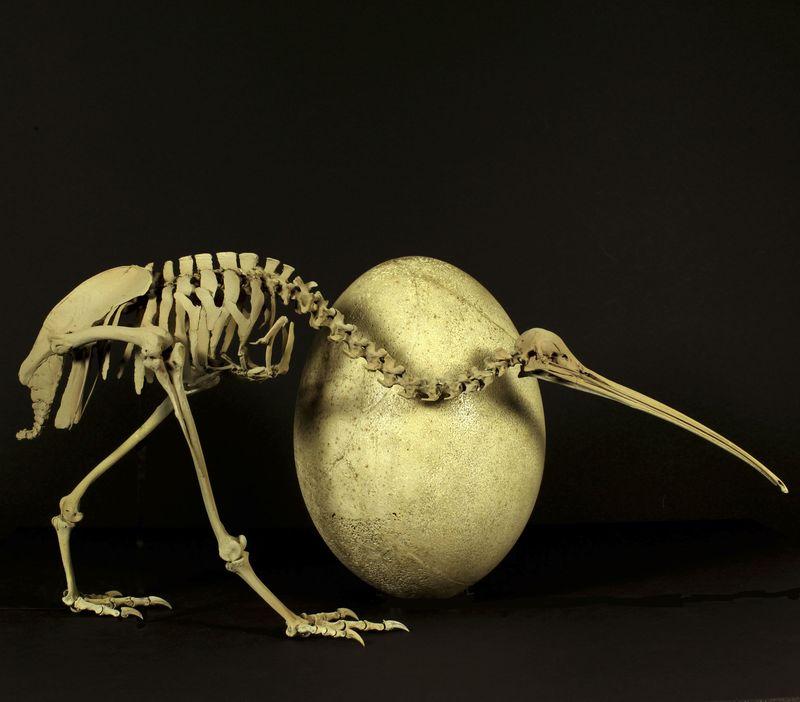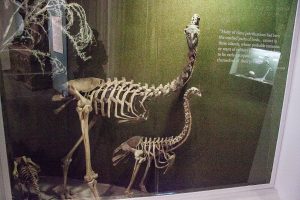When most people think of the consequences of humans arriving on an isolated island paradise, it wouldn’t be making an insect flightless.
Most people would think about the rapid extinction of biodiversity and environmental modification that inevitably follows human arrival. In Aotearoa New Zealand this includes the sad loss of the giant megafaunal moa, pouakai Haast’s eagle, and the huia to name a few, as well as the widespread burning of forest. Others will mention the introduction of novel mammalian predators like the kiore Pacific rat, kurī Polynesian dog, and the myriad of sharp-toothed beasties Europeans brought with them. If people even think about the insects, it will be to wonder how many were munched into extinction by rats as they rapidly spread throughout Aotearoa in waves. Continue reading “Out of the fire and into a mad world: How human arrival in New Zealand resulted in a flightless insect”



